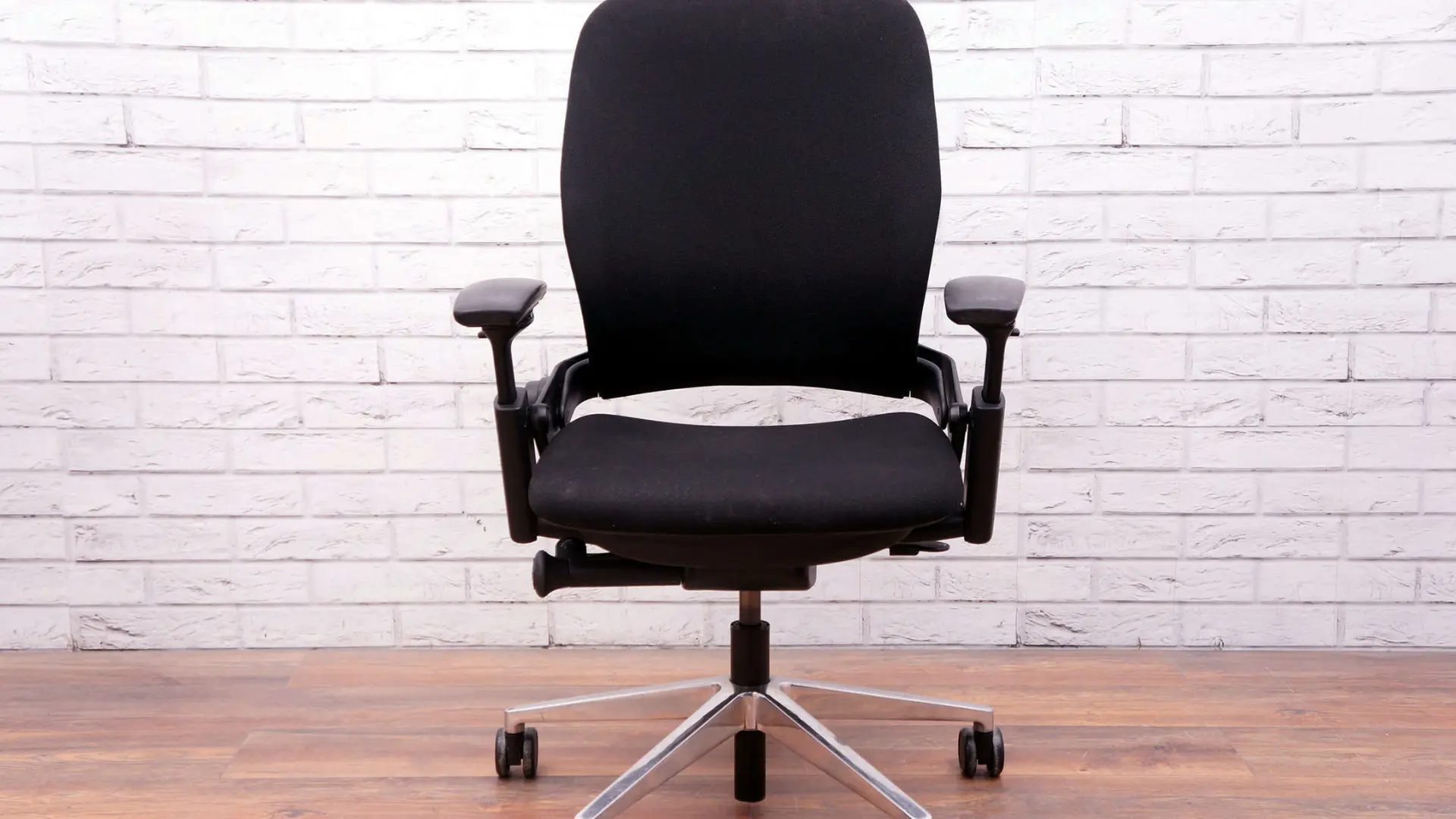Chair Height and Dimensions for Short People: Best Chair For Short Person

Finding the perfect chair can feel like searching for a mythical creature, especially when you’re vertically challenged. The standard chair, designed for the average height, often leaves shorter individuals feeling cramped, uncomfortable, and even strained. Understanding the key dimensions – seat height, depth, and backrest height – is crucial for selecting a chair that promotes proper posture and all-day comfort.
Ideal Chair Dimensions for Short Individuals, Best chair for short person
For individuals under 5’4″, chair dimensions should be carefully considered to avoid discomfort and potential health issues. The ideal seat height allows feet to rest flat on the floor, preventing leg strain and promoting good posture. Seat depth should be sufficient to support the thighs without causing pressure on the back of the knees. Finally, backrest height should provide adequate lumbar support without being too high and causing neck strain. The following table provides recommended measurements and examples of suitable chair types:
| Chair Type | Seat Height (inches) | Seat Depth (inches) | Backrest Height (inches) |
|---|---|---|---|
| Small Ergonomic Office Chair | 15-17 | 16-18 | 18-22 |
| Kids’ Desk Chair (adapted for adults) | 14-16 | 15-17 | 17-20 |
| Small Drafting Chair | 16-18 | 17-19 | 20-24 |
| Armless Side Chair (with lumbar support pillow) | 16-18 | 17-19 | N/A (requires lumbar support) |
Note that these are guidelines; individual preferences may vary. Experimentation is key to finding the perfect fit.
Common Chair Design Flaws for Short People and Their Solutions
Many standard chairs present significant challenges for shorter individuals. Common flaws include excessively high seat heights, deep seats that cause knee pressure, and backrests that are too tall or offer inadequate lumbar support. These design issues can lead to poor posture, back pain, and discomfort. Avoiding these flaws requires careful consideration of the dimensions mentioned above and potentially seeking out chairs specifically designed for smaller individuals or those offering adjustable features. For example, chairs with adjustable seat height and lumbar support are invaluable. Consider using a footrest to compensate for a chair that is slightly too high.
Measuring Yourself for the Perfect Chair Fit
Accurate measurements are essential for selecting a chair that provides optimal comfort and support. To determine your ideal chair dimensions, follow these steps:
1. Seat Height: Sit on a surface with your feet flat on the floor. Measure the distance from the floor to the top of your thighs. This measurement represents your ideal seat height.
2. Seat Depth: Sit with your back straight and your knees bent at a 90-degree angle. Measure the distance from the back of your knees to the back of your thighs. This is your ideal seat depth. Adding 1-2 inches allows for some breathing room.
3. Backrest Height: Sit upright. Measure the distance from your seat to the point where your lumbar spine naturally curves. This is the minimum backrest height needed for adequate lumbar support. You may prefer a slightly higher backrest depending on your posture preference. Adding a lumbar support pillow can compensate for a backrest that’s slightly too short.
By following these steps and using the information provided, you can increase your chances of finding the perfect chair for your unique needs and height. Remember, a well-fitting chair can dramatically improve comfort and posture throughout your day.
